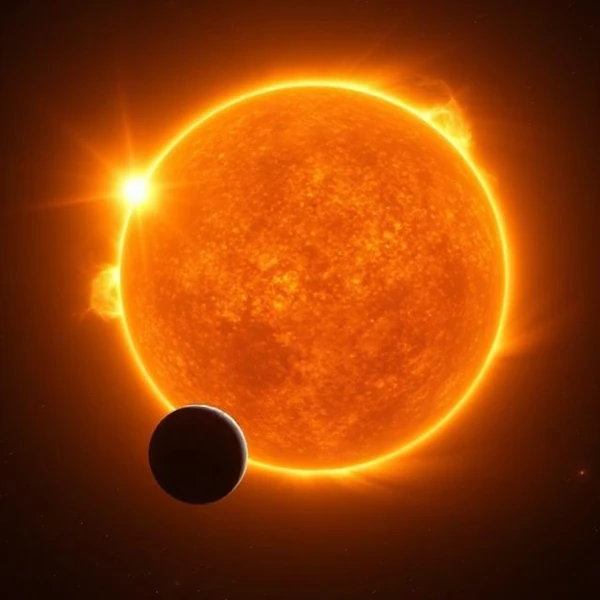
Since the discovery of 51 Pegasi b (1995) by Michel Mayor (1942-) and Dider Queloz (1952-), astronomy has recorded a growing number of exoplanets. Currently, two main categories are distinguished: confirmed exoplanets and candidates awaiting confirmation. Observation techniques include transit, Doppler method, and direct imaging.
The current catalog lists over 6,000 candidate exoplanets and about 5,500 confirmed exoplanets. Space missions such as TESS and Kepler have greatly increased these numbers.
Confirmed exoplanets exhibit various characteristics: gas giants close to their star ("hot Jupiters"), super-Earths, or terrestrial-type planets. Candidates require additional observations to eliminate false positives and validate their nature.
| Category | Number | Main Method | Comment |
|---|---|---|---|
| Confirmed Exoplanets | ≈ 6000 | Transit, Radial Velocity | Validated by repeated observations |
| Candidate Exoplanets | ≈ 7700 | Mainly transit | Often from Kepler and TESS missions, awaiting confirmation |
Source: NASA Exoplanet Archive (updated exoplanet numbers) and NASA Exoplanet Exploration Program.
Scientists are also focusing on identifying exoplanets located in the habitable zone of their star, i.e., where \(\text{liquid water can exist}\). These studies contribute to astrobiology and the search for extraterrestrial life.
Note:
The habitable zone of a planetary system corresponds to the region around a star where conditions allow the presence of liquid water on a planet's surface. It depends on the star's luminosity and temperature, as well as planetary atmosphere properties. Exoplanets in this zone are considered the most promising for the search for extraterrestrial life.
| Exoplanet | Host Star | Distance (ly) | Mass (M⊕) | Radius (R⊕) | Type | Comment |
|---|---|---|---|---|---|---|
| Kepler-22b | Kepler-22 | 620 | ≈ 36 | ≈ 2.4 | Super-Earth | First Kepler planet detected in the habitable zone |
| Kepler-442b | Kepler-442 | 1,206 | ≈ 2.3 | ≈ 1.3 | Rocky | High habitability potential according to models |
Source: NASA Exoplanet Archive, NASA Exoplanet Exploration Program.